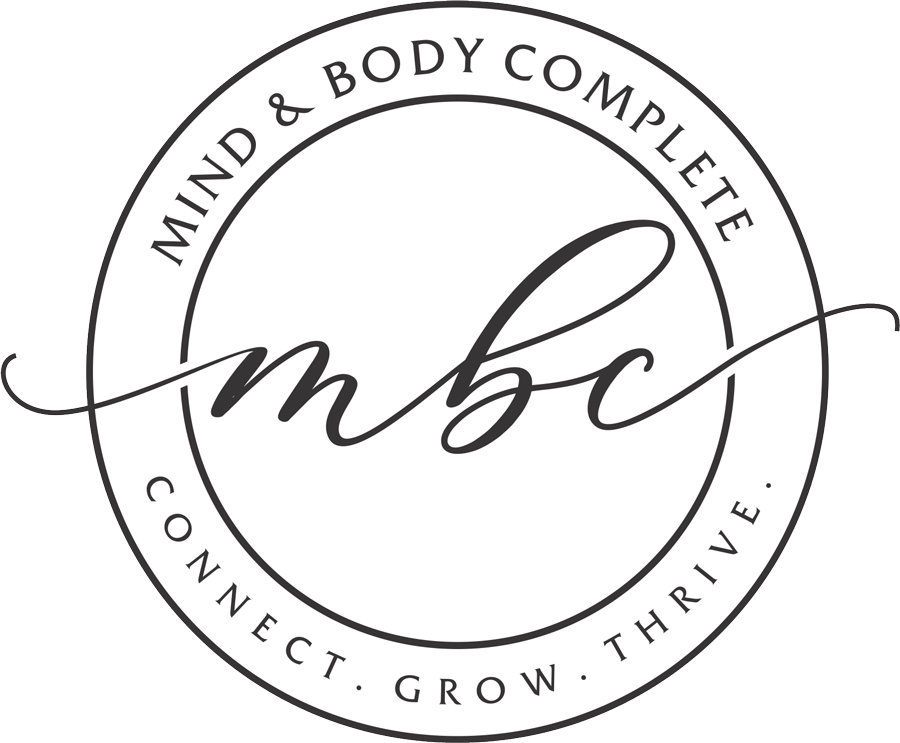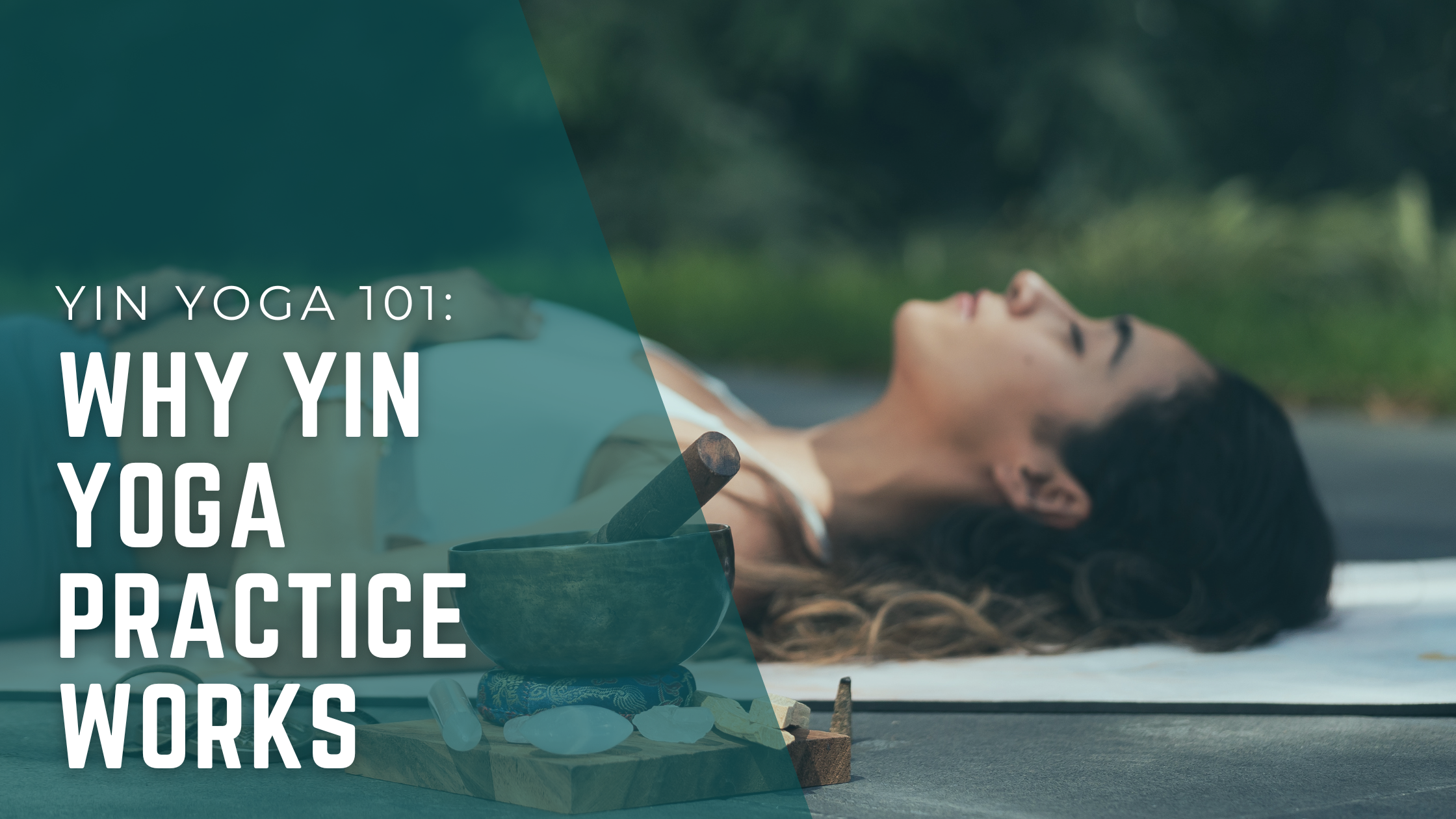Hi, my loves! I know it’s just been two weeks, but I’ve missed you guys! I’ve come to use this blog not just as an information-sharing tool but also as a place to let some of my thoughts roam freely. We’ve been busy with the hoopla that is back to school. My littlest one continues to blossom into her own person, like with all my older kids, it’s a blessing but also a little…grounding. I’m sure quite a few of you can relate! Swinging back to the topic at hand, today we’re talking about yin yoga practice.
What is Yin Yoga Practice?
To borrow from my free Yoga Teacher Toolkit (available for download here):
“Yin is the perfect balance to a yang lifestyle. Although keep in mind, every yoga practice has a bit of the other…in a yin practice there is always an element of yang present.”
In a yin yoga practice, the goal is not to work or stress the same muscles that are usually used in yang flows. Instead, the yoga teacher is focused on getting their students to use the sub-areas of the body, think, ligaments, tendons and even bones.
When practising yin yoga, the vinyasas are deliberately slow-paced. You accomplish this by moving into a pose and then taking a period of five minutes or more to relax into it. When we hold these deeper poses, it limits the body’s ability to activate muscles and instead stimulates other areas of your body. Unlike yang vinyasa flow, the primary focus of yin yoga practice is to RELAX your muscles.
Tip: I always recommend that props like yoga blocks, or even blankets are used to deepen the posture.
The Three Tattvas of Yin Yoga Practice
The beauty of yoga lays in the tattvas- the guides to one’s vinyasa flows. According to Yogapedia, Tattva is a Sanskrit term meaning the “principle” or “reality” of nature. I personally like to refer to tattvas as the universal rules of yoga. In yin yoga practice, there are three tattvas:
- Edge- Come into the vinyasa pose to an appropriate depth. As your students advance over time, they’ll be able to deepen their poses.
- Stillness– Resolve to remain still once finding the edge. This tattva helps your students’ bodies to release tension and truly lean into relaxation.
- Time: Hold the pose for a longer count to benefit from each pose
Benefits of Practicing Yin Yoga
In yoga, we complete our vinyasa flows with intention. When practicing yin yoga, there are three goals:
- Relaxation by following the three tattvas to reduce stress and practice mindfulness.
- Improve circulation by giving the body sufficient time to better circulate oxygen.
- Increase your flexibility by strengthening your connectivity tissues.
Yin yoga is perfect for everyone to practice, it limits pressure on our joints and our general mobility is improved. In fact, it is a useful tool to reduce inflamed joints and other nerve and muscular pain. It has actually become one of my favorite ways of personally practicing yoga (daily!) and has made a significant difference in body pain/ease of movement in general.
Another aspect of Yin Yoga is in the stillness itself. It is considered more of a meditative class for some in which during the stillness you turn inward. A saying that is resonating with me in this season is: You must love yourself but to love yourself you must know yourself and to know yourself you must spend time with yourself. We spend a lot of time trying not to tune in, but it is the exact thing we need in this very busy, distracting & chaotic pace of life we lead.
In my FREE Yoga Teacher Toolkit, I’ve shared a step-by-step 30–45-minute yin yoga vinyasa flow. It’s perfect for a yin yoga practice class or even for your own personal use. Check it out!
Until next week!
XOXO Shannon







